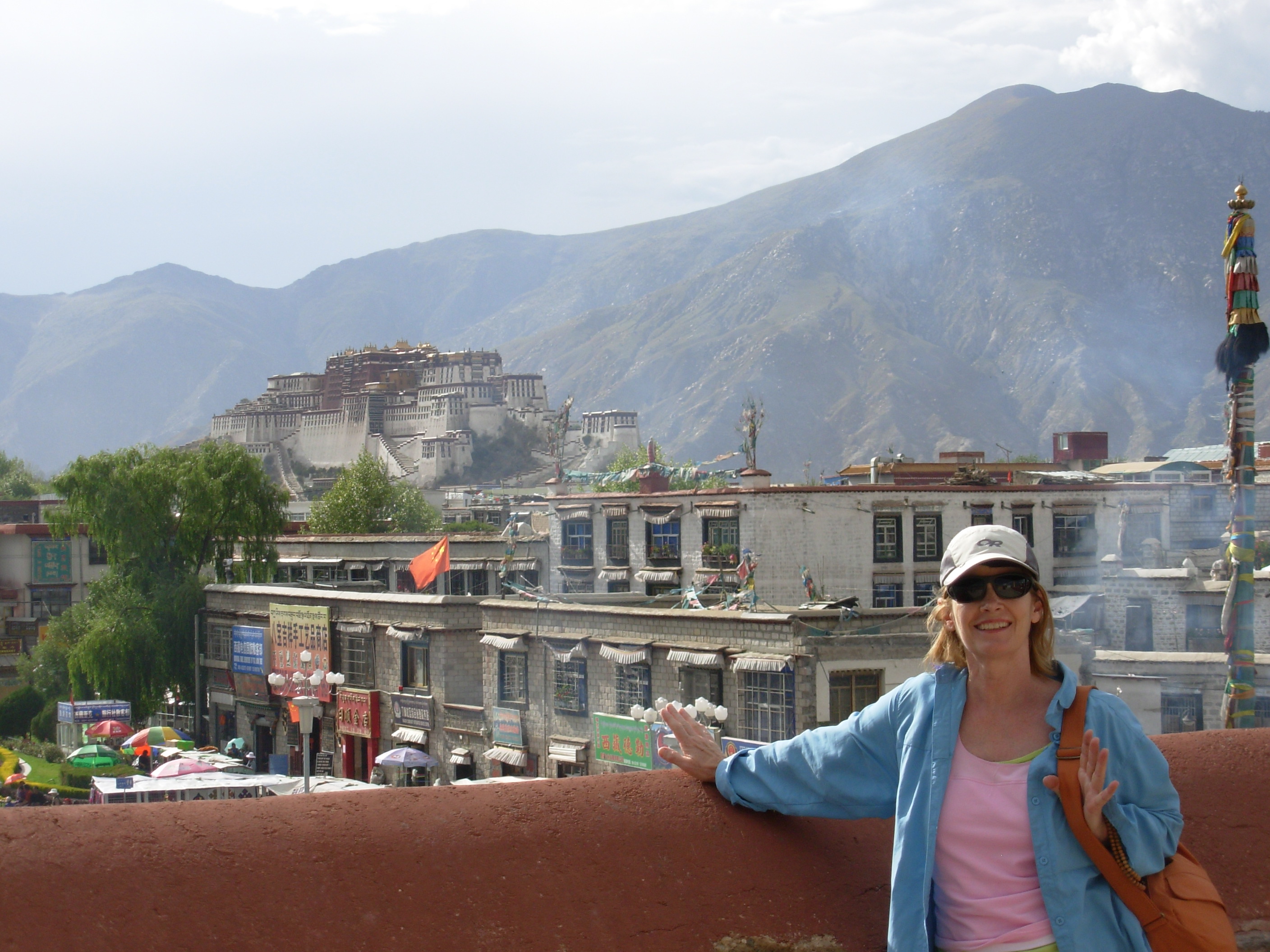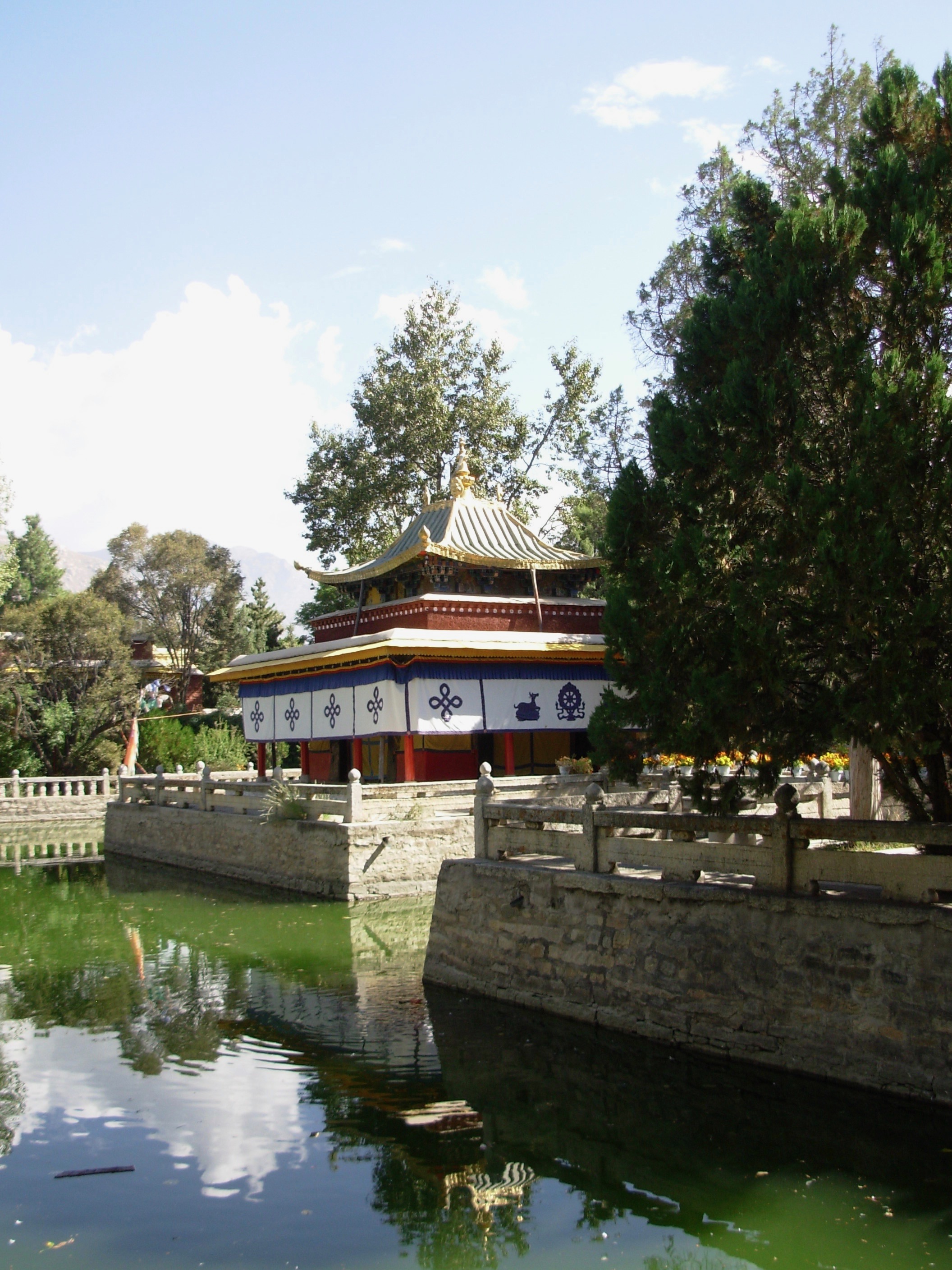THE JOURNEY TO TIBET
Tholing: Elevation 12,000 ft. The town & the monastery played a key role in the history of Tibetan Buddhism in western Tibet. Tholing and nearby Tsaparang were the capital cities of the Parang-Guge Kingdom during the 10th and 11th centuries when Tibetan Buddhism developed and was an important trade route between India and Tibet. Mystery surrounds the demise of this once-thriving Guge Dynasty.
Recent maps use a Chinese name Zanda,(instead of Tholing). There is a Chinese army base at the southern end of town, and a Tibetan village is at the northern end with a few guesthouses between. The road to Zanda passes through extremely high snow-covered mountain ranges (17,000–18,000 ft), it passes through steep canyons, crosses the Sutlej River, and then passes through a dry riverbed before reaching the town. The landscape looks very much like the planet Mars and was described in the 1948-49 travels of Lama Govinda (*2) as; “fantastic canyon formations - the work of river-waters, melting snow, sunlight & shade, day & night- the landscape resembled the great paws of some gigantic, prehistoric creatures. It would be impossible to find one’s way in & out of a canyon without a guide.”
Nurtured by the sky & stars Tholing is the oldest monastery in Western Tibet, it’s now muffled in magic, bound by centuries of tradition & rich in spirit-
(*1) Adixia dibakala, a Bangladeshi monk, arrived in Tibet in 1042 to teach Buddhism. He brought the classic Ayurvedic works with him, Astanga Hrdaya Samhita, and its commentary, Padartha Chandrika. Simultaneously, the great translator, Rin-Chen-Bzang-Po (958-1055 AD), completed the Tibetan translation of these two works. (*2) Li Gotami Govinda, “Tibet in Pictures” 1979 Darma Publishing)
May we once again be guided by the virtues of the Naga & enjoy the prosperity of a healthy planet.


THE JOURNEY TO TIBET
























